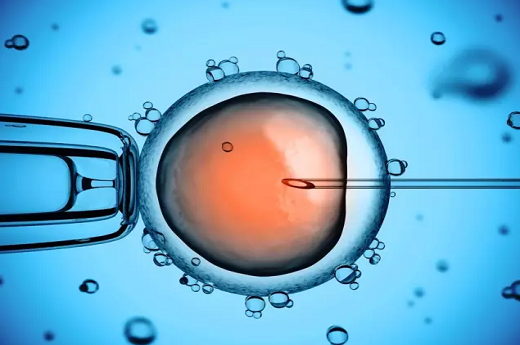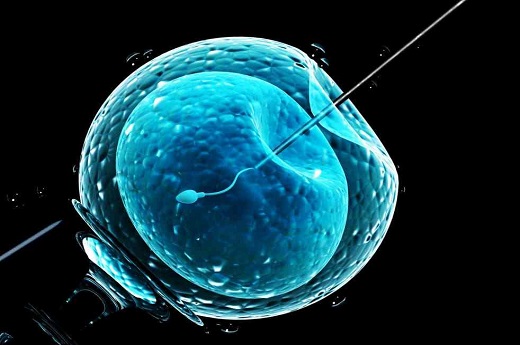试管婴儿是一种现代医学技术,可以帮助无法自然受孕的夫妻实现生育梦想。成都市妇幼保健院是一家专业的试管婴儿医院,提供一系列的试管婴儿服务。那么,成都市妇幼试管婴儿大概费用是多少呢?下面我们来详细介绍。

二、试管婴儿费用详细介绍
1. 一代试管婴儿费用
一代试管婴儿是最早的试管婴儿技术,其费用大概在3-5万元之间。这个价格包括了医疗费用、药品费用、手术费用等。

2. 二代试管婴儿费用
二代试管婴儿是基于一代试管婴儿技术的改进,其费用大概在5-8万元之间。这个价格包括了医疗费用、药品费用、手术费用等。
3. 三代试管婴儿费用

三代试管婴儿是最新的试管婴儿技术,其费用大概在8-15万元之间。这个价格包括了医疗费用、药品费用、手术费用等。
除了以上的费用,还有一些其他的费用需要考虑,例如检查费用、住院费用、费用等。具体的费用还需要根据个人情况而定,建议咨询专业医生或医院工作人员。
三、
以上就是关于“成都市妇幼试管婴儿大概费用”的详细介绍。试管婴儿是一项高技术含量的医疗技术,费用较高,但可以帮助无法自然受孕的夫妻实现生育梦想。如果您有任何试管相关的问题,可以随时和我们联系,我们将为您提供专业的建议和帮助。





